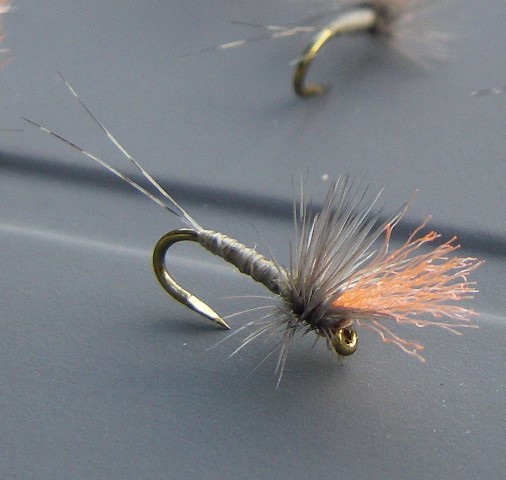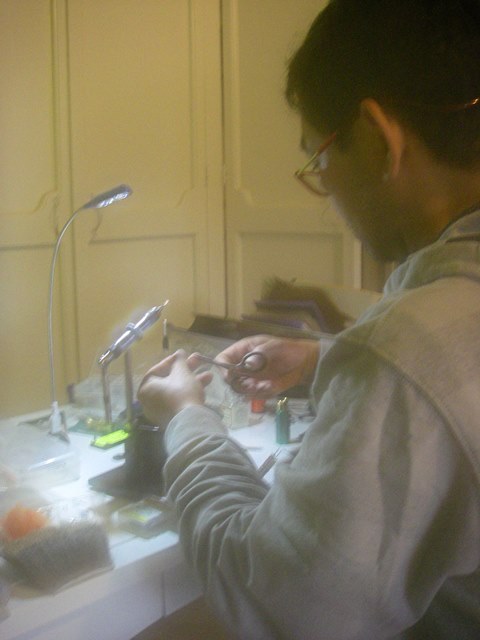NYMPHING TACTICS & WATER TYPE
/Some nymphing tactics are most effective in specific water types.
The number of fly patterns, new tactics and tackle options for nymphers grows every year. With so many options the challenge now is which particular nymphing technique(s) to employ on a given day. You can overthink this in a heartbeat and end up on the river with two or three fly rods all rigged for fishing a specific nymphing method. The alternative is to stick to the old ways by taking just one rod and changing one rig for another when conditions dictate. Of course, the drawback to the one rod option is that changing some rigs will require time-consuming variations to your existing leader or replacing it with an entirely new leader.
Here’s another way to look at things. Consider the home water where you perfected your nymphing skills. The odds are there were two or three dominant water types that you concentrated on. If you were nymphing the "buckets" behind instream rocks on a rough-and-tumble mountain stream using a Czech style tight-line technique or similar nymphing method was like money in the bank. But that same technique isn’t worth much on a clear, two-foot deep run where you can actually see the trout that you want to catch. Chucking a heavily weighted Czech nymph will spook the fish. My point is that you have to match you nymphing technique to the water type you’re fishing. So it’s back to Fly Fishing 101—you have to read the water.
That’s easy to say, but how do you deal with it if you don’t want to re-rig all the time or carry multiple rods? The place to start is to see how far you can go with the nymphing technique(s) that you already know. What happens if you raise the rod during the lead when you fish heavily weighted imitations? Is it possible to cast a weighted nymph farther upstream to allow it more time to sink into the strike zone when the water deepens? Can you change your cast a bit to achieve what you’re after?
The odds are you’re already tweaking your nymphing style to meet changes in the water type you’re fishing and don’t even know it. Try doing it by design. Make a point to keep track of which modifications work. You may find that you can stretch the effectiveness of your favorite go-to nymphing techniques farther than you ever thought was possible.
NOTE: Registration is now open for my Practical Nymphing class at the Denver Fly Fishing Show, January 3 – 5, 2014. Click Denver, CO at Fly Fishing Show for details or to check out the dates and locations of all the 2014 Fly fishing Show.





















